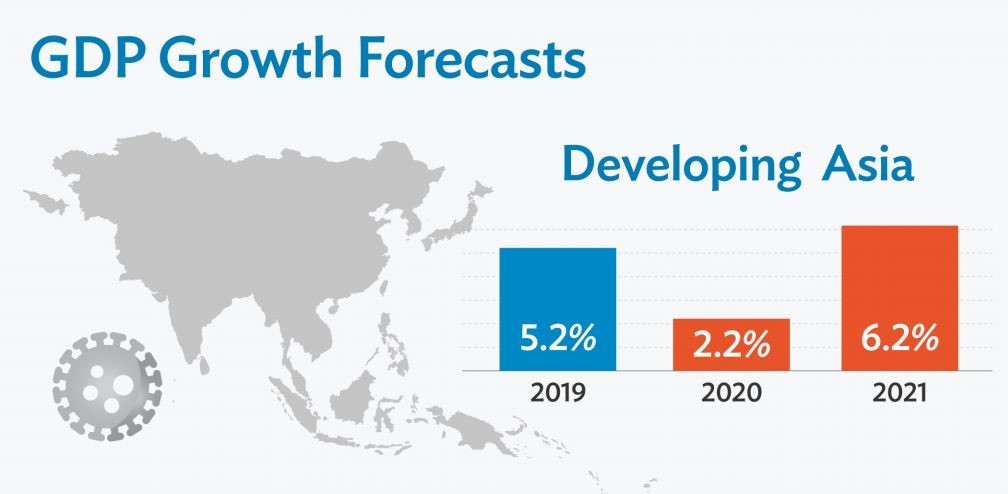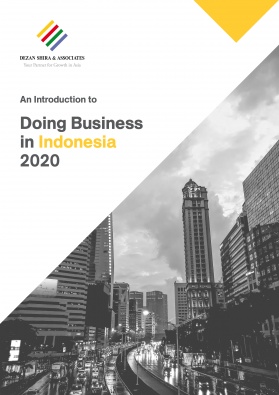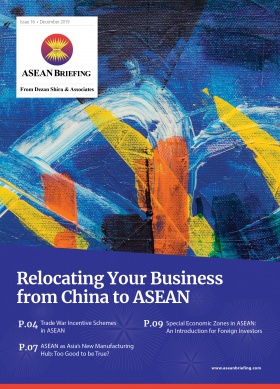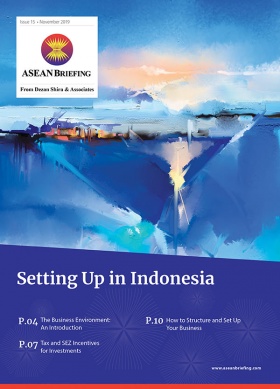Growth in Emerging Asia to Rebound in 2021 – Asian Development Bank
Setting up in ASEAN likely to produce results as western recovery will be sluggish
By Chris Devonshire-Ellis, Dezan Shira & Associates
The Asian Development Bank has stated that growth in Asia is expected to rebound next year following a significant drop in 2020 due to the Coronavirus (COVID-19).
The Asia Development Banks largest shareholders are the US (15.6% of total shares), Japan (15.6%), China (6.4%), India (6.3%), and Australia (5.8%).
In global terms, according to the gloomiest scenario presented by the bank, the impact of the “worst pandemic in a century” will be as high as US$4.1 trillion, or 4.8 percent of global gross domestic product (GDP). However, even this forecast could turn out worse given the impact of the outbreak on global supply chains and how long it will take to contain the virus.
While the higher forecast reflects the spread of the infection to Europe, the US, and other major economies, on the low end, the global cost could be US$2 trillion if demand shocks are smaller and containment periods shorten, it says.
According to the latest outlook, regional economic growth in developing Asia will decline sharply this year amid the COVID-19 outbreak. The report forecasts regional growth of 2.2 percent in 2020, down more than three percent from earlier predictions. However, growth is expected to rebound to more than six percent in 2021, if the world returns to normal.Excluding the newly industrialized economies of Hong Kong, China (PRC); the Republic of Korea; Singapore; and Taiwan, developing Asia is forecast to grow 2.4 percent this year, compared to 5.7 percent in 2019, before rebounding to 6.7 percent next year.
“The evolution of the global pandemic — and thus the outlook for the global and regional economy — is highly uncertain. Growth could turn out lower, and the recovery slower than we are currently forecasting. For this reason, strong and coordinated efforts are needed to contain the COVID-19 pandemic and minimize its economic impact, especially on the most vulnerable,” said ADB Chief Economist Yasuyuki Sawada.
The report states that the Southeast Asian region will mirror China and decelerate to 1.0 percent growth in 2020. All economies in the region will endure a growth slowdown in 2020 because of COVID-19 and a consequent global slump, especially given their strong trade and investment ties with a slowing PRC. Thailand, the second-largest economy in the subregion, will likely contract by 4.8 percent this year, continuing a steady slide in recent years. Growth in the closely intertwined economies of Malaysia and Singapore will plummet nearly to zero in 2020, with only Malaysia enjoying a strong rebound next year.
Cambodia and Indonesia will see sharp deceleration, as will the Philippines despite expansionary government policies, which should facilitate an upturn in 2021. Growth in Vietnam is forecast to decelerate significantly but remain uniquely robust in the subregion. With most economies weakening and global oil prices softening, subregional inflation should stay tame at just 1.9 percent in 2020 and 2.2 percent in 2021. Counting mitigated deflation in Brunei Darussalam, 8 of the 11 economies will see somewhat higher inflation this year because of continued food price pressure, but inflation will slow in Myanmar and the Philippines and reverse to deflation in Thailand.
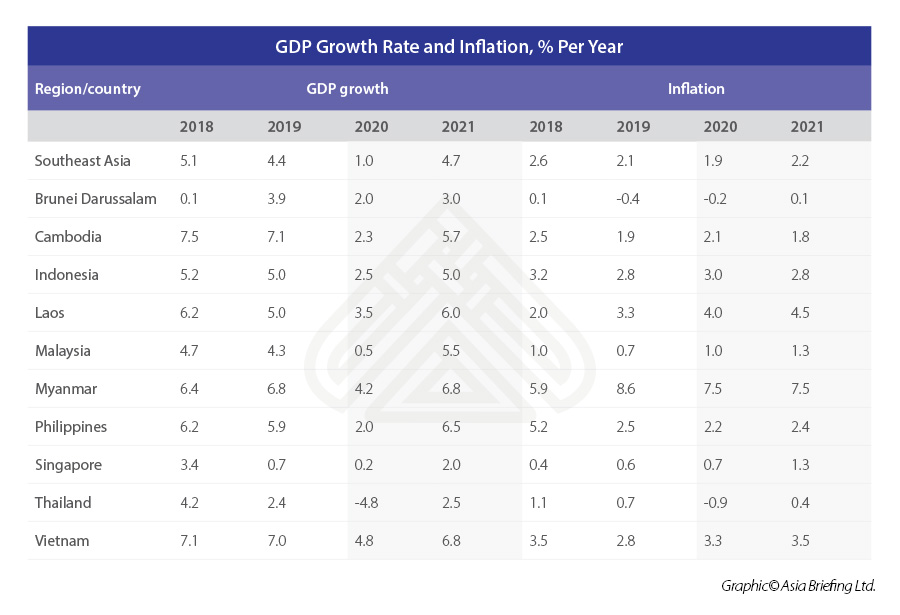 A full copy of the report can be downloaded here.
A full copy of the report can be downloaded here.
“These figures, combined with the pessimistic view that ADB has concerning growth in Europe and the United States, strongly suggest that Asian manufacturing will pick up during this year, returning to previous growth patterns from 2021 onwards,” says Chris Devonshire-Ellis, Dezan Shira & Associates Chairman. “Slow growth and low investment capital in the West are expected to reduce an immediate return to normality there, suggesting that lower costs and operational overheads in Asia could replace Western manufacturing and reverse any trend of re-shoring. Manufacturers in Europe and the United States should be looking at Asia to overcome a manufacturing and production shortfall and sluggish COVID-19 recovery in the West.”
About Us
Related Reading
-
 Relocating Your Business from China to ASEAN We introduce the different incentives issued by ASEAN countries to attract investments from the spillover of the trade war. We also analyze productivity levels in ASEAN and focus on special economic zones (SEZs) in ASEAN.
Relocating Your Business from China to ASEAN We introduce the different incentives issued by ASEAN countries to attract investments from the spillover of the trade war. We also analyze productivity levels in ASEAN and focus on special economic zones (SEZs) in ASEAN.
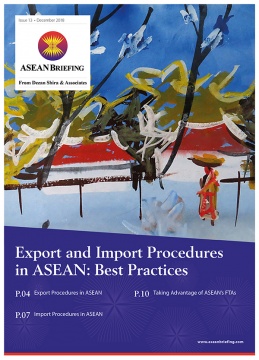 Export and Import Procedures in ASEAN: Best Practices We outline the export procedures in each ASEAN member state. Next, we focus on import procedures in each ASEAN country. Finally, we discuss the importance of meeting the region’s Rules of Origin (RoO) criteria for exporters and importers looking to take advantage of the individual ASEAN member states’ FTAs as well as the bloc’s regional FTAs.
Export and Import Procedures in ASEAN: Best Practices We outline the export procedures in each ASEAN member state. Next, we focus on import procedures in each ASEAN country. Finally, we discuss the importance of meeting the region’s Rules of Origin (RoO) criteria for exporters and importers looking to take advantage of the individual ASEAN member states’ FTAs as well as the bloc’s regional FTAs.
About Us
ASEAN Briefing is produced by Dezan Shira & Associates. The firm assists foreign investors throughout Asia and maintains offices throughout ASEAN, including in Singapore, Hanoi, Ho Chi Minh City and Jakarta. Please contact us at asia@dezshira.com or visit our website at www.dezshira.com

